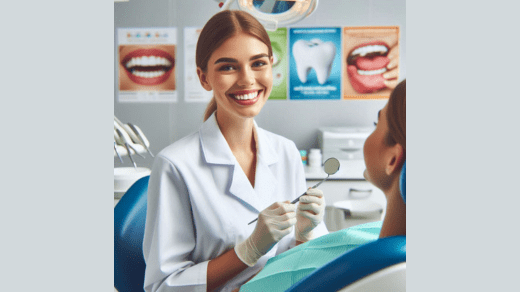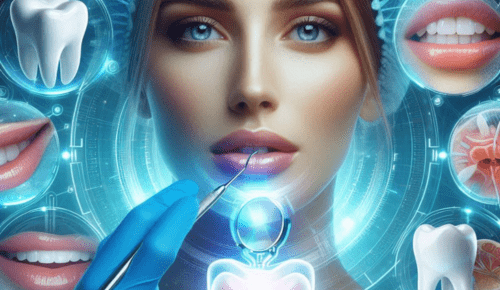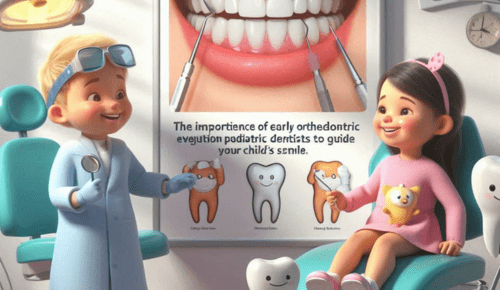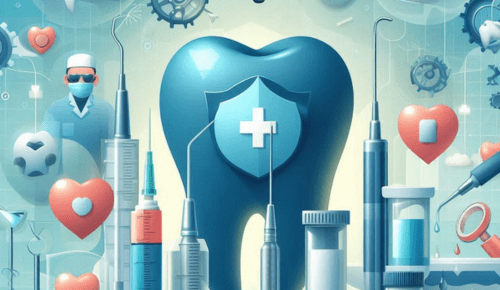
Orthodontics: Transforming Smiles and Improving Oral Health
Orthodontics is a specialized branch of dentistry that focuses on the diagnosis, prevention, and treatment of dental and facial irregularities. Offered by the Midtown Manhattan general dentist, it involves the use of various techniques and appliances, such as braces, aligners, and retainers, to correct misaligned teeth, jaws, and bites. Orthodontic treatment can improve not only the aesthetic appearance of the smile but also the overall oral health and function.
In this article, we will explore some key facts about orthodontics and its benefits.
What is orthodontics?
Orthodontics is a specialized field of dentistry that deals with the diagnosis, prevention, and correction of dental and facial irregularities. It involves the use of various techniques and appliances to straighten teeth, align bites, and improve the overall appearance and function of the smile.
What dental flaws are corrected by orthodontics?
Orthodontics corrects a variety of dental flaws, including:
- Crooked or overlapping teeth
- Gaps or spaces between teeth
- Overbites or underbites
- Crossbites, where upper and lower teeth don’t meet properly
- Open bites, where front teeth don’t meet
- Misaligned teeth or jaws
- Crowding, where teeth are too close together
- Spacing issues, where teeth are too far apart
- Rotation or twisting of teeth
- Impacted teeth, which don’t have enough room to erupt properly
Are orthodontic treatments painful?
Orthodontic treatments are generally not painful, but they can cause some discomfort or mild pain, especially during the initial stages. When braces or aligners are first applied, patients may experience some soreness or tenderness in the teeth, gums, and jaws. This is usually due to the gentle pressure exerted by the appliances as they start to move the teeth into their new positions. The discomfort is typically mild and temporary, subsiding within a few days.
Additionally, modern orthodontic techniques and materials have made treatment more comfortable than ever before. Many patients find that over-the-counter pain relievers, such as ibuprofen or acetaminophen, are sufficient to manage any discomfort. Overall, while orthodontic treatment may cause some minor discomfort, it is a manageable and worthwhile investment in achieving a healthier, more beautiful smile.
What is the appropriate age to visit an orthodontist?
The American Association of Orthodontists recommends that children visit an orthodontist for the first time by age 7. At this stage, the orthodontist can assess the development of the teeth and jaws, and identify any potential issues that may benefit from early intervention. Early evaluation and treatment can help prevent more severe problems from developing, and can also simplify treatment later on.
Can adults benefit from orthodontics?
Adults can greatly benefit from orthodontic treatment, and it’s never too late to achieve a healthier, more beautiful smile. While orthodontics is often associated with children and teenagers, adults can experience significant improvements in their oral health and self-confidence through orthodontic treatment.
Orthodontic treatment can also help adults to:
- Improve the appearance of their smile
- Enhance their self-confidence
- Improve their ability to chew and digest food
- Reduce the risk of tooth decay and gum disease
- Support dental work such as crowns, bridges, or implants
What are the treatments involved in orthodontics?
Orthodontic treatments involve a variety of techniques and appliances to correct dental and facial irregularities. The most common treatments include:
- Braces: Metal or ceramic brackets bonded to teeth, connected by wires to gently move teeth into position.
- Clear aligners: Removable, transparent trays that fit over teeth, gradually shifting them into place.
- Retainers: Custom-made appliances worn after treatment to maintain the new position of teeth.
- Spacers: Small devices placed between teeth to create space for teeth movement.
- Expanders: Appliances used to widen the upper jaw or palate to improve bite alignment.
- Headgear: External devices worn to guide tooth movement and correct bite issues.
- Elastic bands: Worn between teeth to apply pressure and move teeth into position.
- Lingual braces: Braces attached to the back of teeth, hidden from view.
- Ceramic braces: Tooth-colored brackets for a more discreet appearance.



